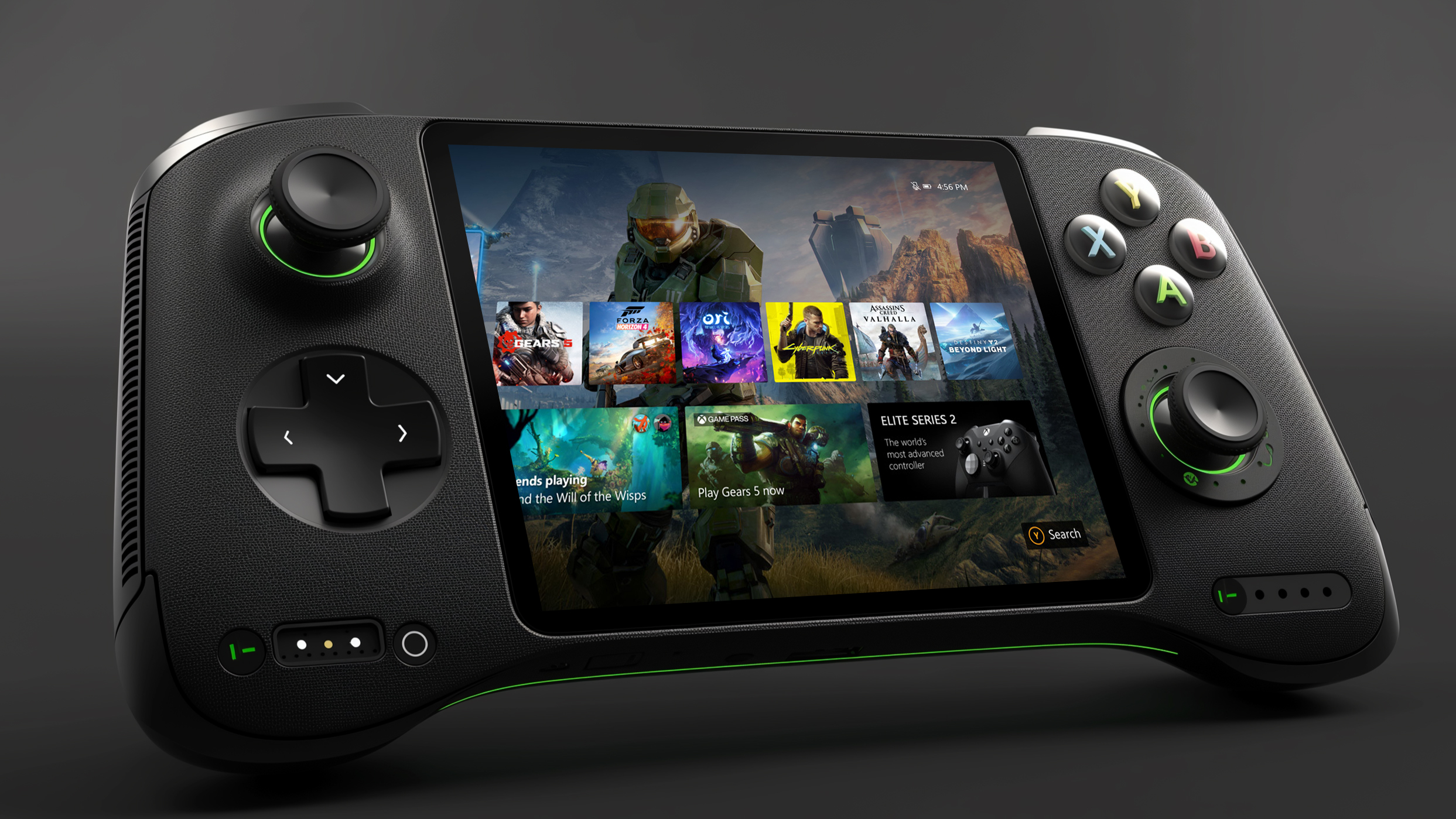
For a moment there, it really seemed like this might be the end for Xbox. Fortunately though, Chief Executive Officer of Microsoft Gaming, Phil Spencer set the record straight during an appearance on the official Xbox podcast this week.
Yes, some first-party Xbox games are coming to other consoles but it will only be four games to start. Spencer’s reasoning behind this is that if players on PS5 and the Nintendo Switch get to try out some of the company’s games, they might buy an Xbox of their own or sign up for Xbox Game Pass to experience even more of them.
Besides this news, there was also talk about the future Xbox hardware during the 20 minute podcast. While we already know some details about the mid-gen refresh of the Xbox Series X (codenamed Brooklin) due to past leaks, the presentation also led to new speculation about a handheld Xbox console.
While this is something Xbox fans have been wanting for ages, a few weeks ago I had a realization that maybe a portable Xbox console was always in the works. If Microsoft is planning to go up against the best handheld gaming consoles, here’s one way it could really set itself apart from the Asus ROG Ally, Lenovo Legion Go and the upcoming MSI Claw while finally being able to compete with Valve’s Steam Deck in a big way.
What’s in a name?
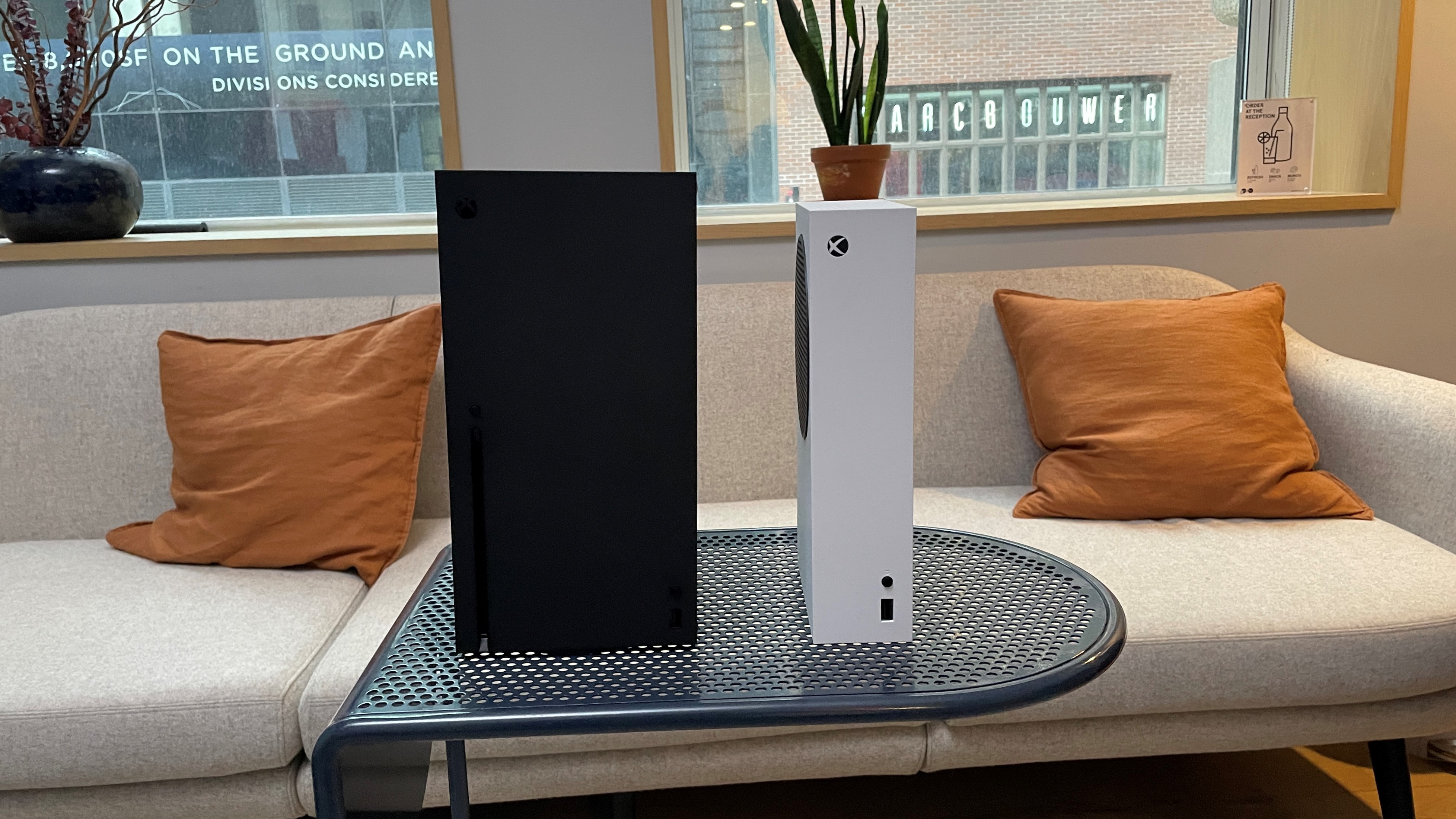
This console generation, Xbox did something very different from its biggest competitor: PlayStation. While Sony called its latest console the PS5 and made both a disc and diskless version of it, they both have the same name.
Microsoft on the other hand also launched its next-gen Xbox with two distinct consoles. However, besides the fact that one is all digital, the Xbox Series S is also underpowered when compared to the Xbox Series X. These new Xbox consoles are from the Series family while the letter at the end denotes which model they are. However, after a bit of thinking to myself, I came up with the idea that there might be more to using these letters for model names than what Microsoft has told us.
Before we go any further, note that this is pure speculation on my part and nothing official. But if you think about it, the “X” and “S” at the end of these console’s names have to mean something, right?
In my opinion, the “X” in Xbox Series X stands for eXtreme while the “S” in Xbox Series S stands for Standard. Since this latest generation of Xbox consoles is a family after all, who’s to say there couldn’t be other models that use this same naming scheme. And this is how I got the idea for what Microsoft might call its handheld Xbox: the Xbox Series P. In this case, the “P” stands for portable.
While I could be way off here, if I’m not, I have one more idea that could really help a potential Xbox handheld stand out from the crowd.
The Steam Deck is the handheld to emulate
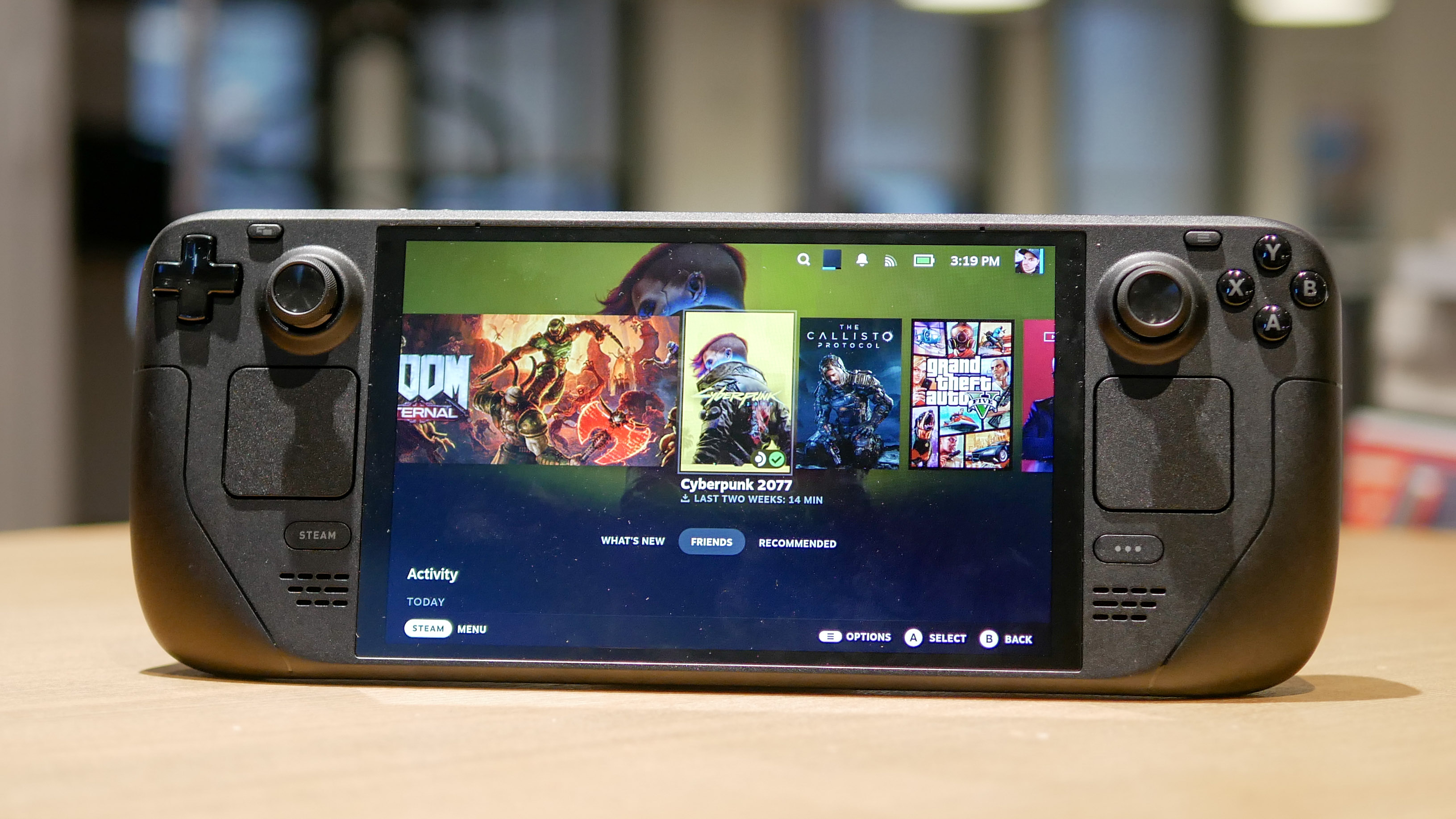
If Microsoft is working on a portable Xbox, I don’t think the company is using the Nintendo Switch as a blueprint. Valve already did that with the Steam Deck and its success is the very reason we’re seeing more and more handheld gaming PCs.
Besides Valve’s extensive game library, there’s one major difference that sets the Steam Deck apart from the ROG Ally, Legion Go and other handheld gaming PCs: it runs Linux instead of Windows. This might have seemed like a huge risk when Valve first announced the Steam Deck but it’s paid off in more ways than one.
For starters, Valve doesn’t have to pay anything to use Linux whereas Asus, Lenovo, MSI and other PC makers have to pay Microsoft to use Windows on their handhelds. Another great thing about Steam OS is that it’s much more streamlined than Windows. Games open and close quickly and you don’t have to worry about driver updates or worse, Windows updates.
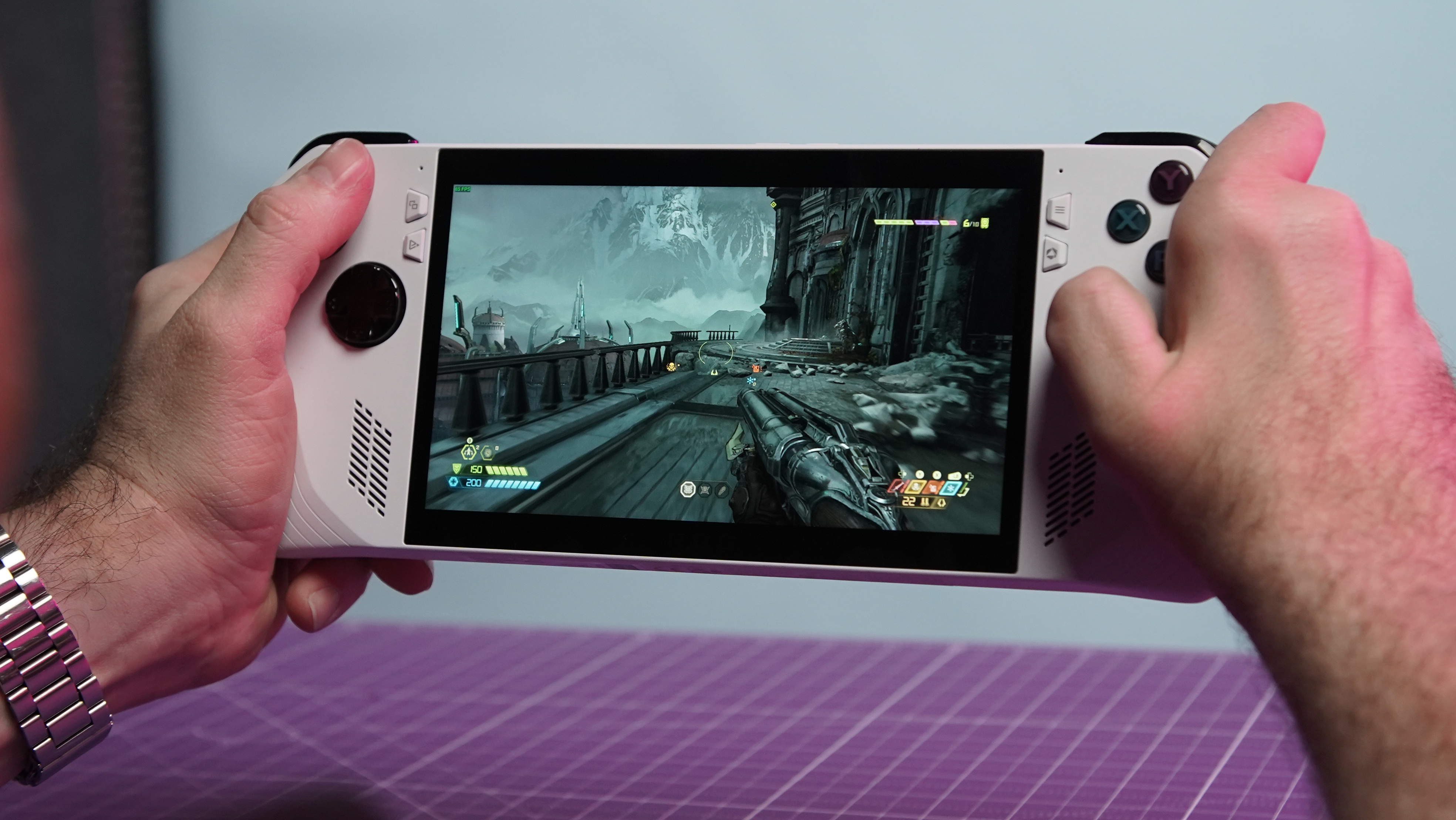
From battery life to the lack of a dedicated UI, Windows is holding back all of these other handheld gaming PCs. In fact, Phil Spencer himself said that Windows is “one of the weak points in the experience on an [Asus] ROG Ally or the Lenovo [Legion Go].” As such, the Xbox platform team is “working with Windows to make sure that the experience is even better.”
This is all well and good but I’ve got a better idea that will set the Xbox Series P apart from third-party handheld gaming PCs running Windows.
Dual booting could be the better option
Instead of optimizing Windows 11 to run better on handheld devices, Microsoft should consider leveraging one of the best aspects of PCs overall: dual-booting. With multiple drives or even one drive that’s partitioned into two halves, you can have two separate operating systems on the same device at a time.
If the Xbox Series P is going to be a handheld gaming console instead of just another handheld gaming PC, games need to be the main focus. Having games running on top of standard Windows is what’s holding back other handheld gaming PCs. Instead, Microsoft should put Windows 11 on one drive or partition and its Xbox system software on another.
You see, like previous Xbox consoles, your Xbox Series X/S does in fact run Windows, just a highly optimized version that’s based on Windows 10. Instead of trying to fix Windows 11 to run smoothly on a handheld, it could exist as a separate operating system on the Xbox Series P that you could switch to when necessary. This way, Windows tasks and updates won’t slow down the console and playing games will be a more streamlined experience.
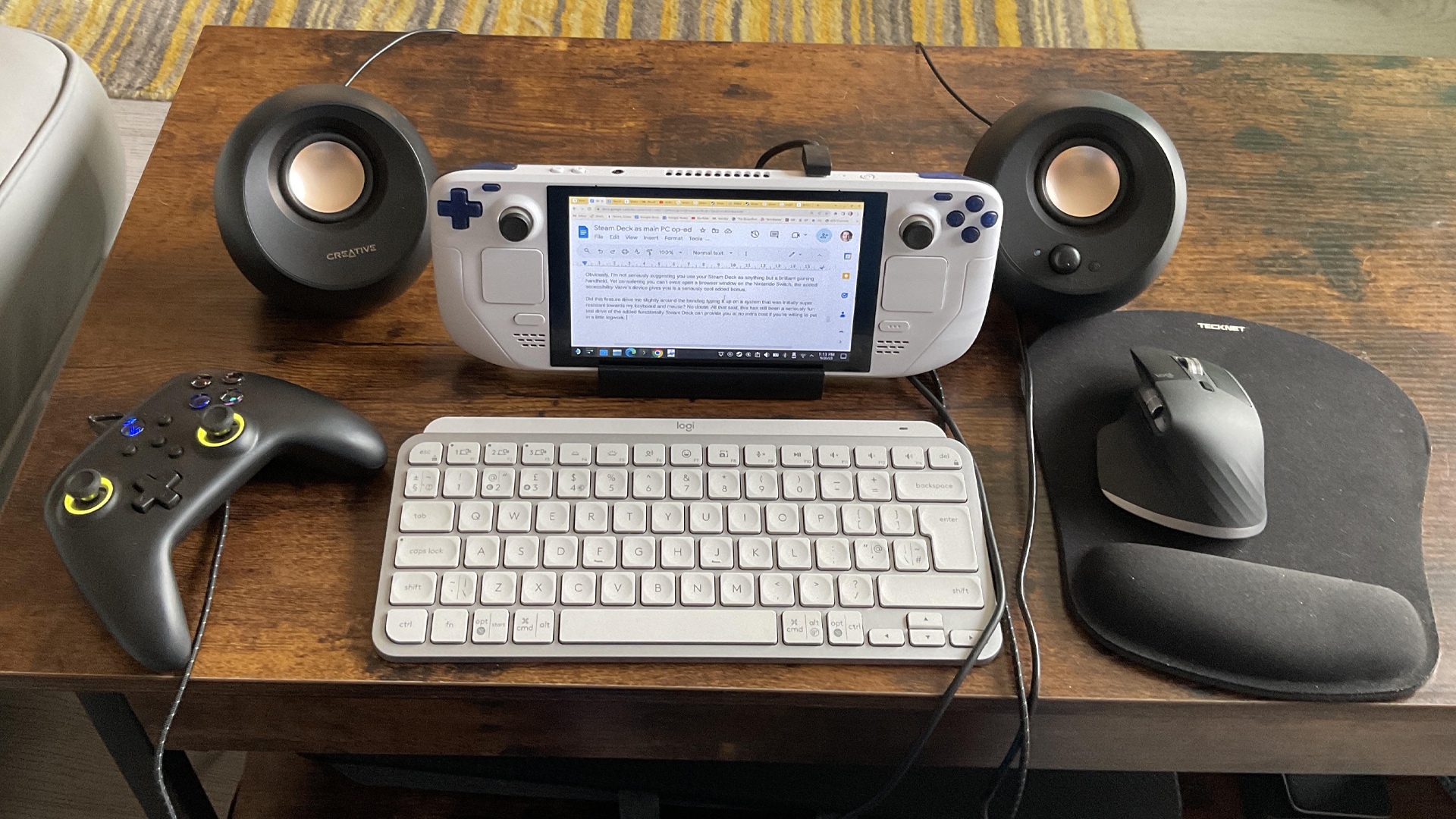
Valve does something similar with the Steam Deck and SteamOS except its Linux desktop environment and launcher exist on the same drive. By separating them though, Microsoft could give Xbox gamers the best of both worlds without having to make nearly as many compromises as other Windows-based handheld PCs have to.
There’s always the Xbox Series S to fall back on
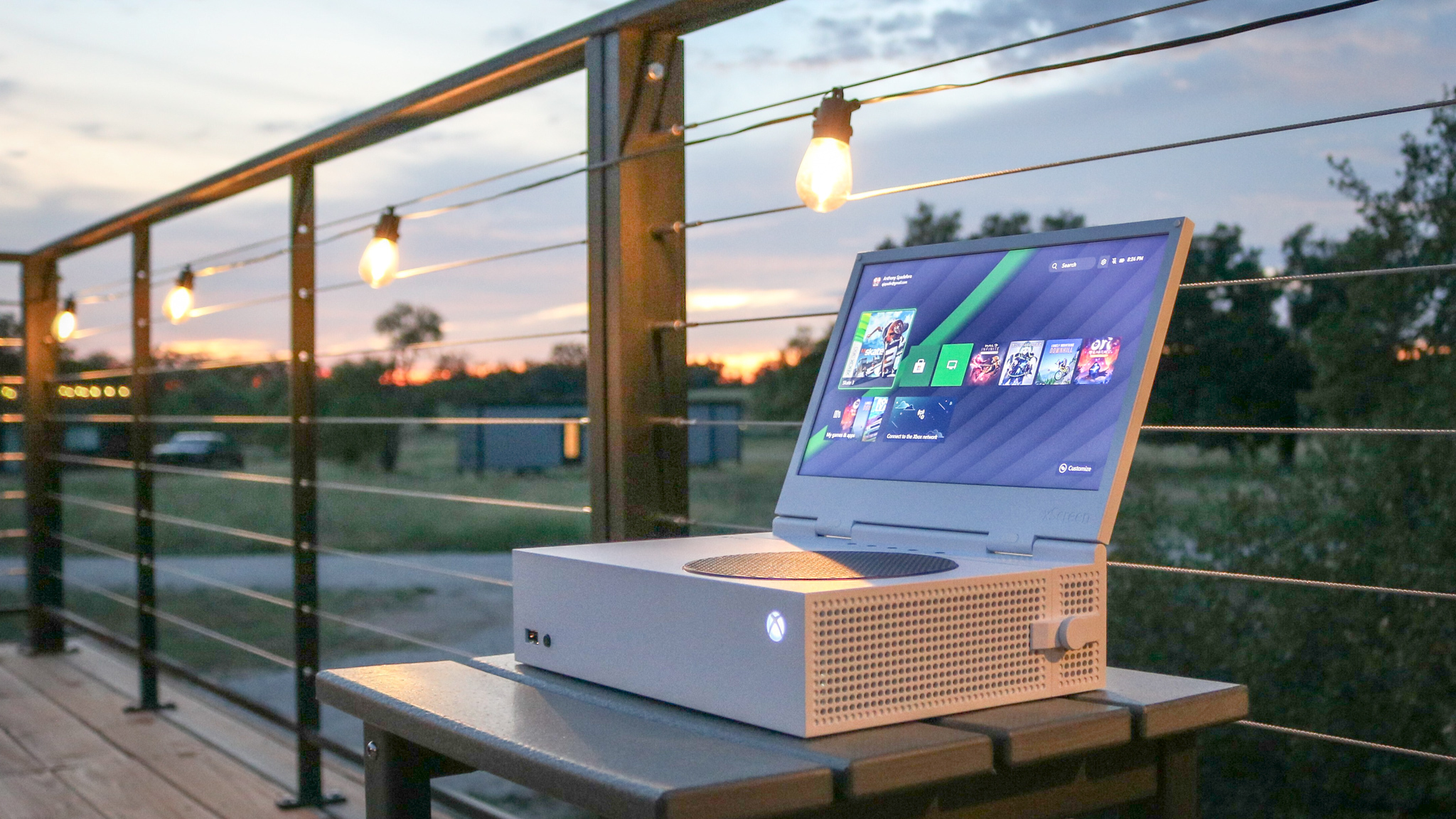
Even if a handheld Xbox isn’t actually in the works, we already got the most portable Xbox yet with the release of the Xbox Series S. It may not be as powerful as the Series X but it’s compact and small enough that you can easily throw it into a backpack and bring it with you when heading to a friend’s house or even while traveling.
When paired with UPspec Gaming’s xScreen, the Xbox Series X turns into a gaming laptop of sorts, though it does need to be plugged into the wall to work. I really enjoy playing my own Xbox Series S in this way when I’m away from home. When I am at home though, I bring it from room to room and use it on several different TVs and monitors since it uses a standard AC power cord instead of a proprietary one.
We’ll have to wait and see as to whether or not Microsoft does actually release a portable Xbox. However, now that Sony could be making a new PlayStation handheld and the Nintendo Switch 2 is on the horizon, there’s never been a better time for the software giant to get in on the handheld craze.







